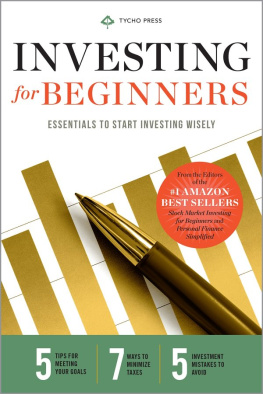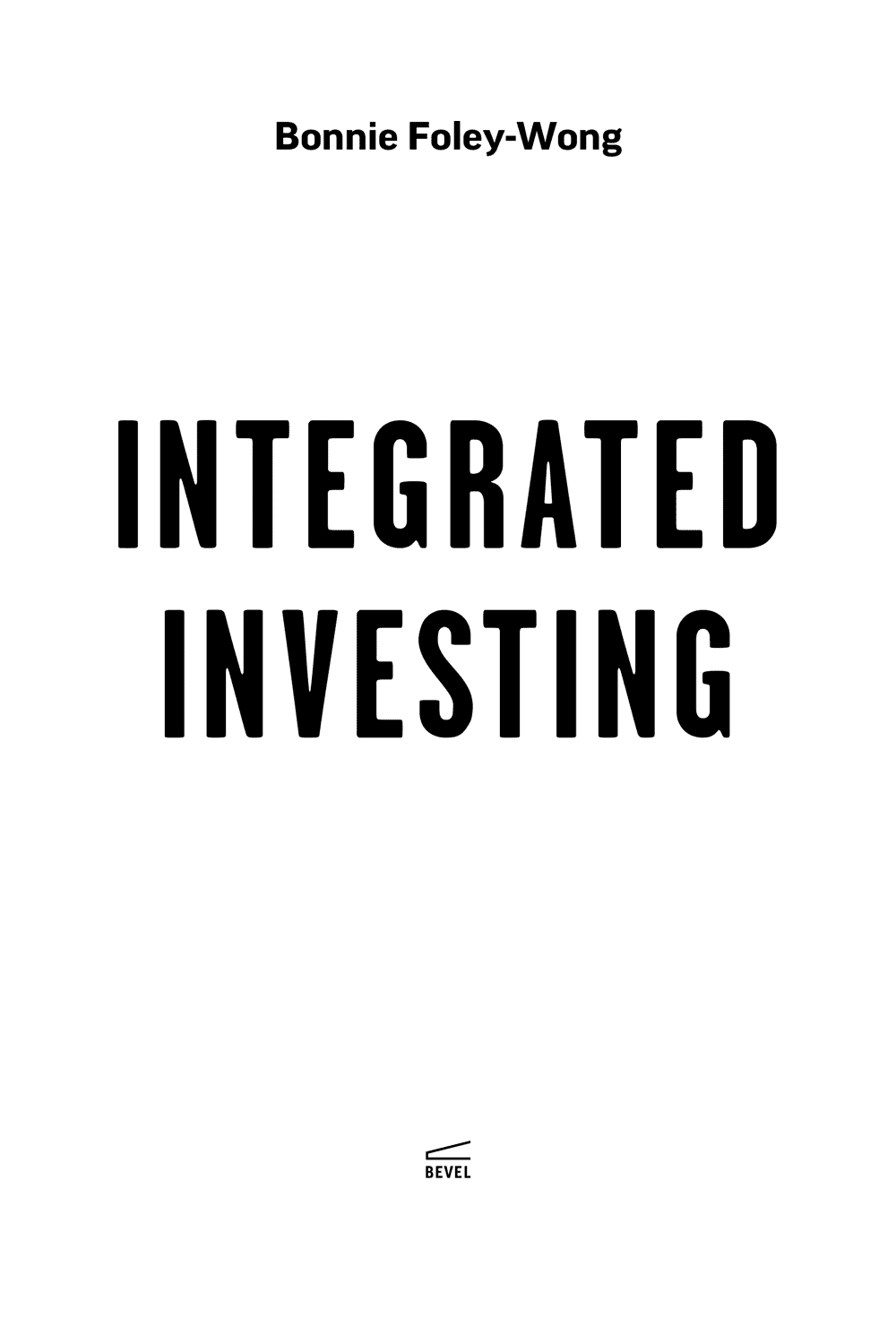IMPACT INVESTING WITH HEAD, HEART, BODY, AND SOUL
Copyright 2016 by Bonnie Foley-Wong
All rights reserved. No part of this book may be reproduced, stored in a retrieval system or transmitted, in any form or by any means, without the prior written consent of the publisher or a licence from The Canadian Copyright Licensing Agency (Access Copyright). For a copyright licence, visit www.accesscopyright.ca or call toll free to 1-800-893-5777.
Bevel Press
Vancouver, BC, Canada
Cataloguing data available from Library and Archives Canada
ISBN 978-0-9953274-0-5 (paperback)
ISBN 978-0-9953274-1-2 (ebook)
Produced by Page Two
www.pagetwostrategies.com
Cover and interior design by Peter Cocking
ebook by Bright Wing Books (brightwing.ca)
16 17 18 19 20 5 4 3 2 1
For more information visit:
integratedinvesting.ca
piqueventures.com
For my parents, Robert and Janet Wong,who took risks and invested in me.
For my daughter, for whom Im trying to create a better future.
CONTENTS
Landmarks
INTRODUCTION
T H E WAY WE think about investing needs a reboot. Traditional economic theory assumes that the ultimate goal of business is profit maximization; since the 1980s, the focus has been on maximizing shareholder value.
The term impact investing was coined in 2007 as a way of describing a new way of thinking about investing. It seeks more than just financial outcomes from an investment, and more than just profits. With the development of impact investing, investors started to seek opportunities that not only had positive financial outcomes but also positive social or environmental returns.
To achieve different outcomes, however, we need a different starting point, and we need different tools for evaluating and acting upon investment opportunities. Thats where integrated investing comes in. I developed this system to provide investors with the unique starting point and tools we need to really make a positive impact with our investment activities.
A Perfect Storm
Throughout this book are references to the 20078 financial crisis and the global recession that ensued. Eight years on, it is still strong and present in our mindsa benchmark against which we compare our decisions, actions, and performance.
Economic cycles are not new, but the boom that ended in 2008 demonstrated how complex and interrelated our financial systems are on a global scale. Is it a coincidence that the phrase impact investing was coined at a time when the worlds financial and economic systems were about to enter a period of turmoil? Not everyone prospered during the boom time, and not everyone suffered great losses in the recession that followed. There has been a growing sentiment around inequality in the last seven years, and a number of books and research papers have been published on the subject of income and wealth inequality, including The Spirit Level (2009), a Michael Norton Harvard study on wealth inequality (2011), and Capital in the Twenty-First Century (2013), among others. Another visible signal of things being not quite right was the Occupy Movement that sprang up in the fall of 2011.
As these conversations emerged, I started to think about the systems and processes at play. I have worked in the finance industry throughout my career, and I learned in great detail how money moves through markets and how people make investment decisions when I worked in investment banking during the economic boom between 2003 and 2008. This experience, combined with my love of breaking things down into basic principles, led me to develop integrated investing.
This approach started with the realization that people benefit from integrating analysis, emotion, body, and intuition into their investment decisions. This idea goes against conventional thought, which says that analysis is the only input necessary for investment decisions, and that the best decisions are rational ones. But if that is the case, why do we continue to have significant social and economic issues globally, and why is income and wealth inequality worsening?
With the starting point of integrated decision making, I soon realized that to successfully implement integrated decision making and impact investing, we need a supportive environment and these things:
- An end goal: To what end are we making integrated investment decisions? We want to have a positive impact, but what is that impact? Dont we all want to survive, thrive, and be happy?
- Conditions: What motivations and mindsets set us up to make integrated investment decisions?
- Maps: How do values help us make decisions?
- Practical tools: How do we put integrated investment decision making to work? How do we gather the information we need to make an integrated investment decision?
Integrated investing is a holistic approach that encapsulates the end goal, conditions, maps, and practical tools needed to put integrated decision making into practice.
Beyond Being a Good Consumer
Many of my friends and colleagues try to shop ethically, sustainably, or locally. They can do so because they have multiple options available to them when it comes to purchasing decisions about clothing, food, and gifts. However, options are still limited when it comes to investing decisions. Credit unions may present a better alternative for banking and financial services, but when it comes to getting advice about investing and the investment products themselves, there isnt much variety available.
Maybe you have experienced a similar problem. You might purchase products from a local designer, craftsperson, or small business owner, but you dont feel equipped with the right techniques and tools to invest in those businesses. You might care about a particular cause, and the companies that your mutual funds are invested in may actually be contributing to the problems your cause is trying to address. You might run your own business with a set of values, but dont know how to make those same values feature when you make investment decisions.
This book will help you think about investing differently, take the first steps toward making a positive impact with your investment dollars, and understand the new trend called impact investing.
Who Am I?
When I was a child, my parents, who were fairly risk-averse at the time, saved money on my behalf and purchased government savings bonds. Once I started working and graduated from university, I started to save and invest my own money. Until I developed integrated investing, my own investment portfolio looked rather average. I never felt I had the time to study companies on the public stock exchanges, so I invested in mutual funds. As a new graduate fresh out of university, I sought help from my sisters financial advisor. Later, when I moved away from home to another country, I found my own advisors.
Having a career in finance and getting educated in the investment industry certainly changed my perspective on investing, but the evolution has been gradual. When I started to understand the dynamics of business, economic systems, and markets, I started to choose the mutual funds I wanted to invest in and instructed my financial advisors to fulfill those transactions. But after the financial crisis of 20078, I became disillusioned with the public capital markets and my portfolio of mutual funds. I couldnt see how my mutual fund investments could deliver the financial or social impact returns I wanted.



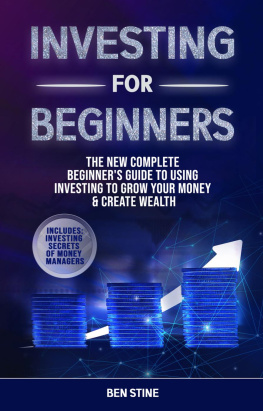


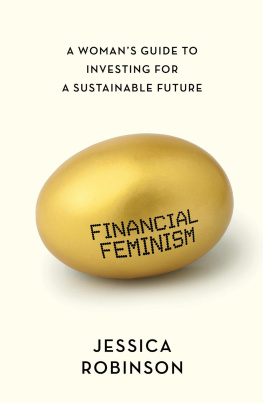

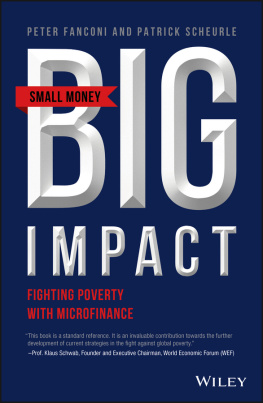
![Keith A. Allman [Keith A. Allman] - Impact Investment: A Practical Guide to Investment Process and Social Impact Analysis](/uploads/posts/book/124124/thumbs/keith-a-allman-keith-a-allman-impact.jpg)
